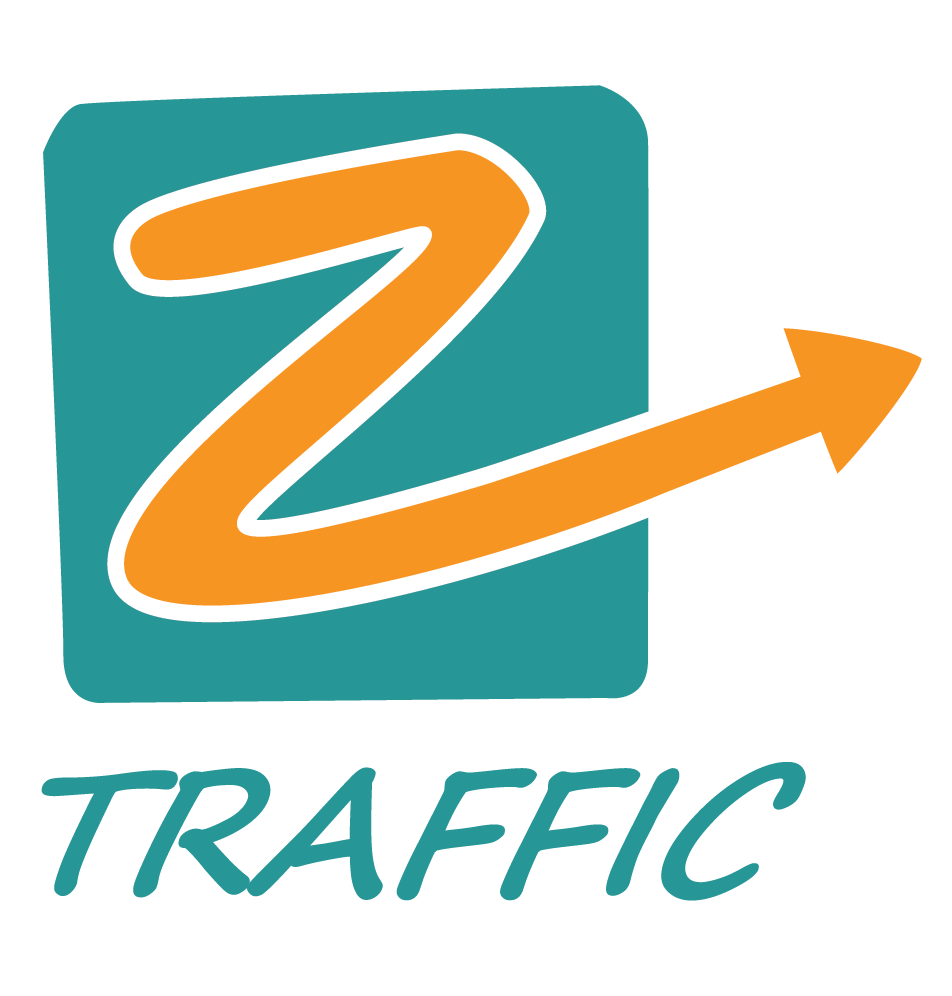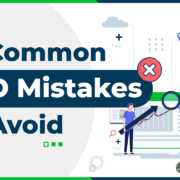Operationalizing Your Topic-First SEO Strategy – Search Engine Journal
Download your cheat sheet and checklist to start building content that works harder.
In this exclusive session, you’ll learn about the new SEO playbook for AI.
In this exclusive session, you’ll learn about the new SEO playbook for AI.
Book this SEJ ad space. Get your content seen by 1M+ marketers who are looking for your expertise!
Book your SEJ ad space now & connect with social media marketers actively searching for tools & solutions: just like you.
Book this SEJ ad space. Get your content seen by 1M+ marketers who are looking for your expertise!
If you’re trying to build durable organic visibility and authority for your brand, this is your blueprint.
Last week, I walked through the shift from keyword-first to topic-first SEO – and why that mindset change matters more than ever for long-term visibility in both search and large language models (LLMs).
This week, we’re getting tactical. Because understanding the shift is one thing, operationalizing it across your team is another.
In this issue, Amanda and I are breaking down:
If you’re trying to build durable organic visibility and authority for your brand – and not just chase hacks for AI overviews – this is your blueprint.
Boost your skills with Growth Memo’s weekly expert insights. Subscribe for free!
Last week, we covered how you need to shift from keywords to topics (if you haven’t already).
But what if you’re not quite sure how to operationalize this approach across your team?
Let’s talk about how to do that.
To earn lasting visibility – and not short-term visibility bought by hacky LLM visibility tricks – your brand needs to signal to search engines and LLMs that it’s an authority in topics related to your offerings for the intended audience you serve.
You’ll do this by:
First up, you need to build your topic map.
(You know, if you don’t already have an old doc or spreadsheet out there collecting dust, buried in your Google Drive, with your core topic pillars and subtopics already stored.)
This is the first step in building a thorough persona-based SEO topic matrix.
A topic matrix is a strategic framework that compiles your brand’s key topics, subtopics, and content formats needed to comprehensively cover a subject area for search visibility.
It helps align content with user intent, target personas, and search visibility opportunities, creating a roadmap for developing topical authority and minimizing keyword cannibalization.
If you haven’t built one before, this is going to look different from keyword lists of the past, and it might be organized like this:
Amanda interjecting here: Even if you have built one before, stick with us. We’ve got a visual for you below that will help communicate to stakeholders how/why a topic-first approach matters to earning visibility and authority for your brand’s core offerings. Plus, premium subscribers get the ready-to-go template.
Later, once your topic matrix is complete, you’ll use your keyword universe to select priority keywords to pair with your overall topic and individual pages.
Instead of living in keyword lists, you’ll live in a topic map, prioritizing meeting the needs of separate personas or ideal customer profiles (ICPs) in your target audience, and later pairing search queries that best help the people you serve find you.
To start building a list of your parent topics, you need to:
If you were doing this for your own brand or site, the first step is to distill the five to 10 broad primary themes that sit at the heart of your product or expertise.
These are the “buckets” under which all other content should logically live (regardless of the persona, funnel stage, or search intent you’re optimizing for).
Think of them as your brand’s semantic backbone, so to speak … these are the foundational topics that every page ultimately ladders up to.
Here’s how to determine them:
1. Start with your offerings.
2. Group offerings into themes.
3. Refine for relevance.
Let’s look at an example of a fictional DTC brand that also offers some B2B services: Kind Habitat. (Needs a better name, but let’s move on. 😆)
Kind Habitat offers eco-friendly home furnishings and sustainable materials via a small ecommerce store as well as residential and commercial interior design services.
Let’s say its target audience includes homeowners, renters, residential and commercial property managers, as well as both residential builders and designers that focus on sustainability and eco-friendly values.
With that in mind, its ecommerce products and design services could all be mapped to five simplified but distinct core topics:
Every piece of content they create should tie back to one or more of these core topics, and that ensures the site builds deep, durable authority in its niche.
(And keep in mind, this is a simplified example here. You might have up to 10 parent topics … or more, depending on the breadth of your offerings or expertise areas.)
Next up, you’re going to work to expand your topic map, starting with audience research.
Here’s where those personas your brand invested so heavily in come into play.
You’ll need to map out (1) who you’re solving problems for and (2) how their queries change based on unique persona, intent, audience type, or industry sector.
But how do you know if you’ve identified the right people (personas) and their queries?
You can spend tens of thousands investing in deep buyer persona market research.
But if your resources are limited, talk to your sales team. Talk to your customer care team. And (gasp) talk to your customers and/or leads who didn’t buy from you.
And if you’re just starting out and don’t have sales or customer teams in place, have your founder dig into their email inbox, LinkedIn DMs, etc., and mine for information.
As Spartoro’s Amanda Natividad states in “How to Turn Audience Research Into Content Ideas” (a great read, btw):
Questions are content gold. Each question represents an information gap you can fill with valuable content. [1]
Then, your job is to take the collected information gaps and fold them into your overall topic matrix.
Keep in mind, though, when optimizing for your core topics, you’ll also need to target different intents across the topic and the funnel via different perspectives, painpoints, and viewpoints (a.k.a. “ranch style SEO”).
Here’s an exciting bonus to investing in this approach: Persona-aligned content that offers deep topic coverage and unique perspectives can bring natural information gain to the overall topical conversation.
I (Kevin) opened up this discussion on topics vs. keywords over on LinkedIn, and I have to say, Tommy Walker gives an excellent example of how he thinks about this topic expansion in the thread:
Your topics can be expanded exponentially in many directions, based on the people you’re creating content for and the problems they have:
People:
Problems:
Let’s circle back to our fictional example with Kind Habitat, that sustainable interior design firm with a quickly-made-up name and a mini ecommerce store.
Here’s what their “people and problems” that they’d optimize their core topics for would look like:
People:
Keep in mind, you could fan out your audience even further with three to five individual audience personas under each audience type.
And once your audience data is finally ready to go, you’d then expand into the problems faced by each audience, persona, and sector across each targeted topic.
Once you have your core topics covered (and have addressed your core features, offerings, services, audience pain points, and organic audience questions, etc.), you’d expand even further into content that offers unique perspectives, hot takes, and even digs into current events related to your industry or product/services.
That’s … a lot of content.
Using Amanda’s topic map visual, here’s what it could look like … for just one parent topic.
You could just keep going. For-ev-er.
(But your content doesn’t have to. If you establish your brand as an authority by publishing content with depth of coverage and information gain baked in, you can accomplish a lot with a tight, well-developed library of pages.)
Here’s what I’d recommend if you have the team members or freelancers on hand:
Once you’ve mapped your audience and their problems across your core topics, you need to expand your coverage with subtopics, especially the ones that live on the edges and directly speak to your target ICPs.
This is the kind of content that rarely shows up in a traditional keyword list, although you can definitely map specific keywords and intents to these pages in order to adjacently optimize for organic visibility.
However, you won’t always have a clear “search volume” number for this type of content.
Sometimes this content is going to be messy. Sometimes it’s going to be weird.
You need to thoroughly know your core audience and understand their most pressing needs and questions that you can solve for. (Even the fringe ones.)
But this “fringe content” is what makes your site actually helpful, authoritative, and hard to replicate.
Think of it this way: The best organic search strategies don’t just optimize for the top 10 questions on a topic – they anticipate the next 100.
They dig into the side doors, caveats, gotchas, exceptions, industry language quirks, and debates.
You must go beyond building clusters and instead build context for your brand within your targeted topic.
Here’s where to look when expanding with meaningful subtopics:
So, with topic-first optimization at the center, should you be organizing your internal links by topic instead of just navigation structure or blog recency?
Um, yes – definitely. And if you weren’t doing that already, the time to start is now.
Topic-based internal linking is one of the most powerful (and underutilized) ways to reinforce topical authority.
Most content teams default to one of two internal linking strategies:
The problem? These methods serve the convenience of the content management system (CMS), not the reader or search engine.
A topic-first internal linking strategy intentionally:
You can simplify this task with an SEO tool like Clearscope, Surfer, Ahrefs, etc. (For convenience, the pages explaining how these features work per tool are linked here.)
For example, tools like these surface internal linking opportunities within the pages you’re monitoring within the tool. The feature then gives you clear related anchor text on where to add the URLs specifically.
The manual part? Having your content producers or SEO analysts determine if the tool’s suggested page is in the right topic cluster to warrant an anchor link. (But you can also set up topic clusters/content segments within tools like Clerascope that can help guide your producers.)
But you should be employing a topic-based backlink strategy, too.
You don’t just want backlinks. You want links that have authority in your target topics and/or with your audience.
For instance, our example from earlier, Kind Habitat, doesn’t need low-quality backlinks from around the globe to build topical authority in the sustainable interior design niche.
This brand needs to invest in backlinks that include:
Here’s the payoff of taking a topic-first approach: Once you shift your strategy to cover core topics deeply – across the right audience segments and intent layers – you unlock a Topical Authority Flywheel.
Here’s how it works:
Better coverage → Better engagement and organic links → Better visibility across more queries.
When your site deeply addresses a topic, you not only become more useful to your audience, but you also are more visible to search engines and LLMs.
You build the kind of brand context that LLMs surface and that Google’s evolving AI-driven results reward.
And yes, it’s measurable.
Track your performance by topic, not just by page or keyword.
If you’ve mapped and organized your content well, you can group related URLs and monitor how the topic as a whole performs:
Operationalizing a topic-first approach isn’t just about traffic.
It’s about building a defensible edge in search/LLM visibility by doing the thing many brands still are missing out on: going deep, not wide.
Featured Image: Paulo Bobita/Search Engine Journal
Kevin Indig is a Growth advisor who helps the world’s market leaders define and evolve their Organic Growth strategy. Once …
Join 75,000+ Digital Leaders.
Learn how to connect search, AI, and PPC into one unstoppable strategy.
Join 75,000+ Digital Leaders.
Learn how to connect search, AI, and PPC into one unstoppable strategy.
Join 75,000+ Digital Leaders.
Learn how to connect search, AI, and PPC into one unstoppable strategy.
In a world ruled by algorithms, SEJ brings timely, relevant information for SEOs, marketers, and entrepreneurs to optimize and grow their businesses — and careers.
Copyright © 2025 Search Engine Journal. All rights reserved. Published by Alpha Brand Media.











